1930s
Tooth Extraction and Marital Status
1930: Dr. C.F. B. Stowell, speaking to fellow dentists at the annual meeting of the American Dental Association, advised that if a young woman was unwed it would be better not to pull all her "devitalized teeth," because she "must be as beautiful as possible to secure a husband." But if the woman was married -- go ahead and pull those teeth!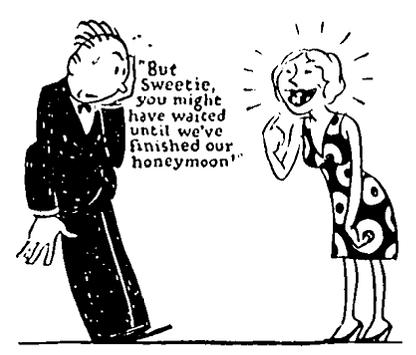
Life - Feb 14, 1930
Lurking behind this statement, I believe, was the idea of "Focal infection theory." According to this theory, which was widely held by dentists in the 1920s and 30s, infected teeth were responsible for a variety of diseases including arthritis, cancer, and mental illness. So if there was any suspicion that a tooth was infected, it was better to pull it. In fact, it was often better to pull all a patient's teeth, whether or not they showed any signs of problems, just to be safe.
From wikipedia:
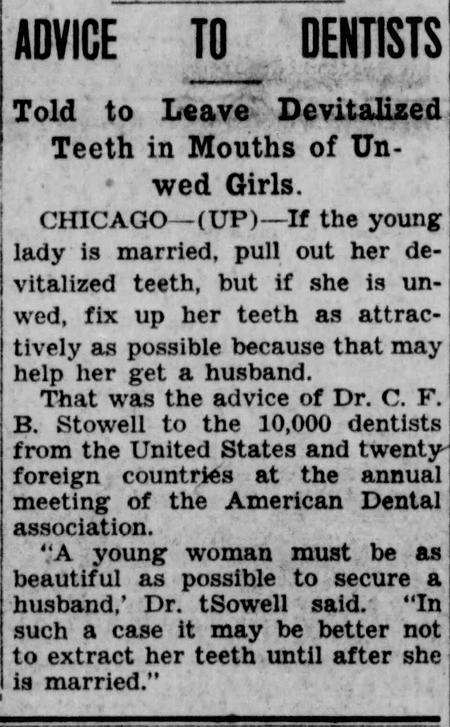
Lincoln Evening Journal - Jan 16, 1930
Posted By: Alex - Thu Apr 06, 2017 -
Comments (1)
Category: 1930s, Teeth
“Iron Mask” Wristwatch
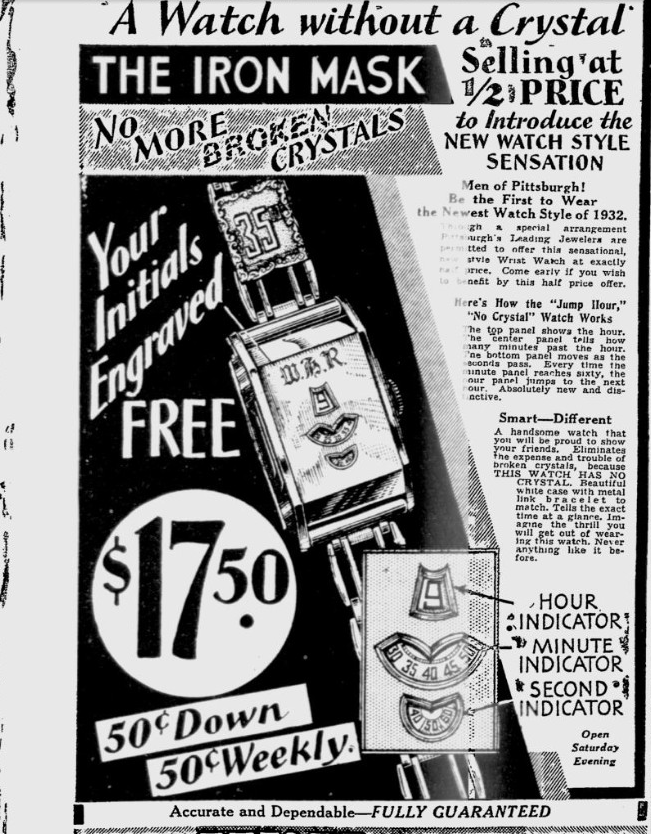
I can't find any evidence for the widespread distribution of this watch outside this advertisement. Evidently, it did not catch on. Even Ebay does not seem to feature any as collectibles.
Of course, offering a watch that cost $17.50 (2017 equivalent: $307.40) during the Depression might have had something to do with their failure.
Original advertisement here. (Scroll down.)
Posted By: Paul - Sun Apr 02, 2017 -
Comments (3)
Category: Inventions, 1930s
Vine-Grown Booze Fruit
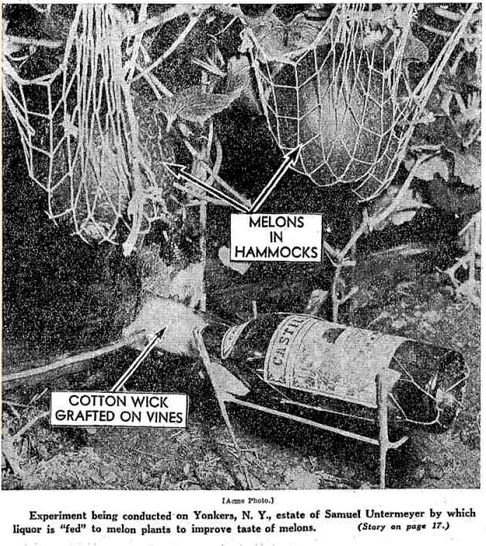

Surely in this day of genetic engineering, science could help realize this dream of Samuel Untermeyer's.
Original article here.
Posted By: Paul - Mon Mar 27, 2017 -
Comments (2)
Category: Eccentrics, Food, 1930s, Alcohol
How many ways are children annoying?
Back in 1931, Dr. Mandel Sherman, director of the Child Research Centre, wanted to find out the exact number of ways in which children annoy their parents. He came up with the oddly specific number of 2,124 different ways.He arrived at this number by having a group of parents carry notebooks around with them for a week and record each time their child annoyed them.
Some of the ways in which the children annoyed: being disobedient, being too slow or too quick, not being neat, primping, etc.
Personally, I think he seriously lowballed that number.
We've encountered the work of Dr. Sherman before. Back in 2009, I posted about his advice that instead of training kids to be successful in life, we should train them to accept the inevitability of failure. That way, they'll be much happier when they actually do end up as mediocre flops.

The New York Times - Jan 30, 1931
Posted By: Alex - Mon Mar 20, 2017 -
Comments (3)
Category: Psychology, Children, Parents, 1930s
Brake Reaction Time
In the mid 1930s, Dr. Harry DeSilva of the Massachusetts State College at Amherst created a brake reaction test to measure how quickly drivers can step on the brake in response to a red light. He took it around the country and tested thousands of people.People in their mid 20s generally had the quickest reaction times, and then times declined with age, which wasn't a surprise. Slightly more surprising was that short people generally had faster responses than tall people. From Time magazine (Aug 1935):
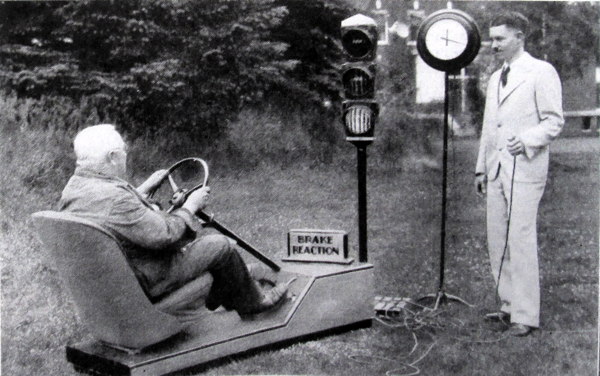
Time - Aug 26, 1935
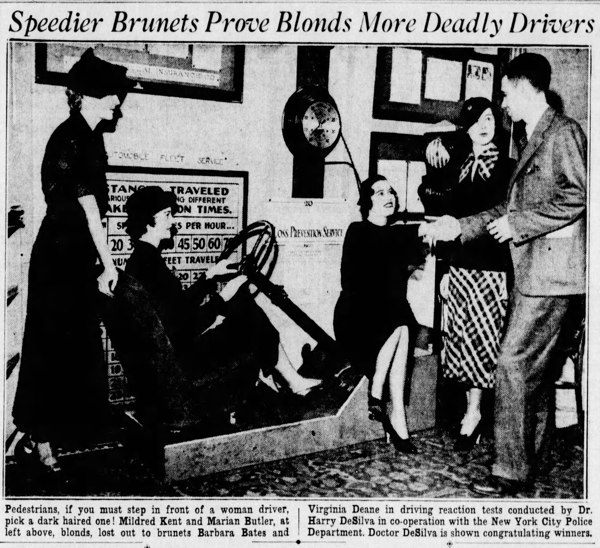
Democrat and Chronicle - Mar 15, 1936
Posted By: Alex - Fri Mar 17, 2017 -
Comments (4)
Category: Motor Vehicles, Cars, Psychology, 1930s
Follies of the Madmen #307
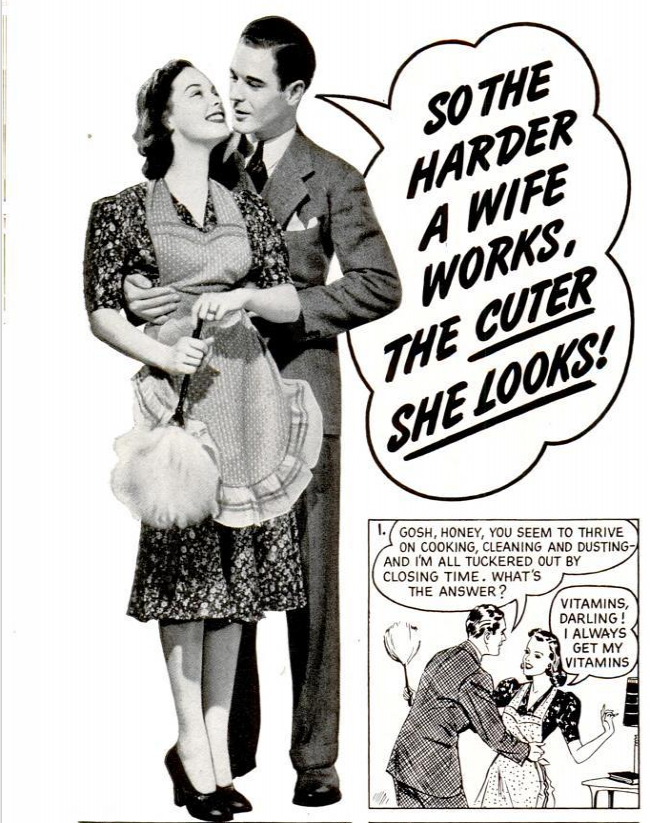
Original ad here.
Posted By: Paul - Wed Mar 15, 2017 -
Comments (6)
Category: Business, Advertising, Domestic, Wives, 1930s
Double-Chin Eradicator
I wonder how long you'd have to roll this thing over your face before it made the slightest bit of difference.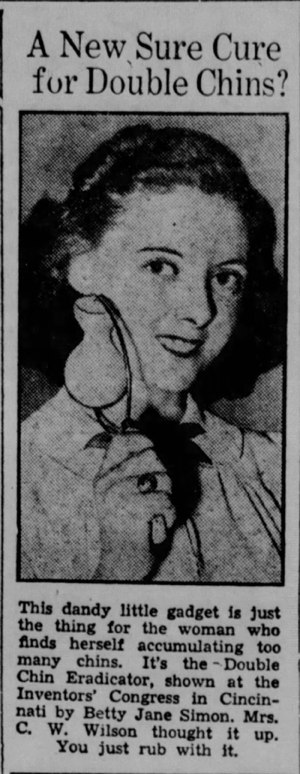
The Canyon News - Aug 4, 1938
Posted By: Alex - Sun Mar 12, 2017 -
Comments (2)
Category: Inventions, 1930s
Berry Pink, the Marble King
Weird name, unusual hobby.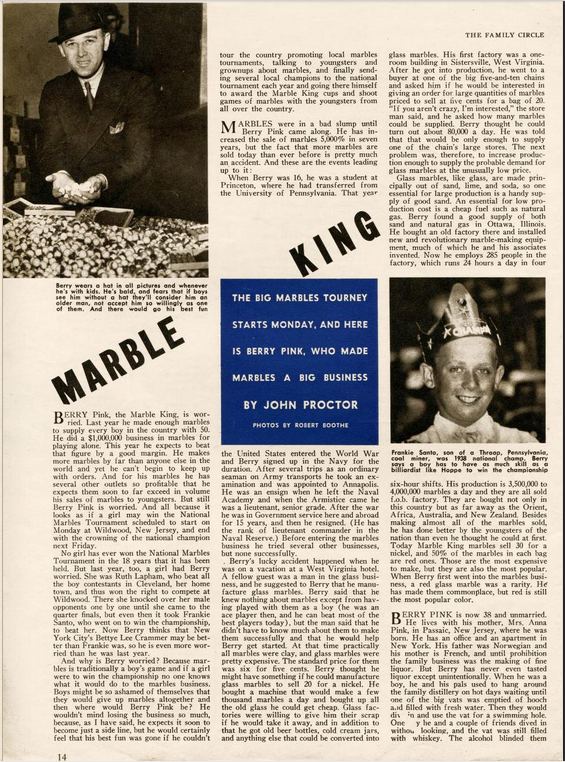
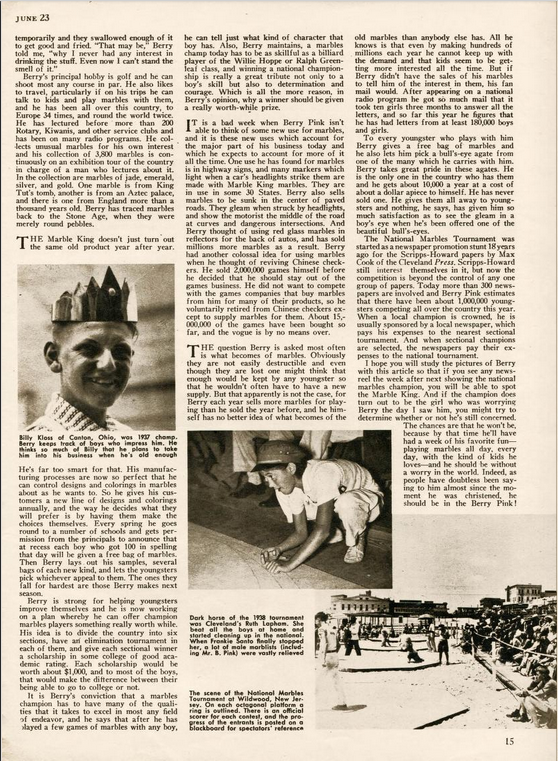
Original article here.
Home page of current company founded by Berry Pink.
Samples of their marbles, and more history.
Posted By: Paul - Sat Mar 11, 2017 -
Comments (3)
Category: Games, Children, 1920s, 1930s
Gas-Proof Pram
In January 1939, these two photos appeared in numerous newspapers, accompanied by the following caption:An example of the strange effort to try to normalize life despite the threat of war. Also evident in such things as the air-raid fashions.
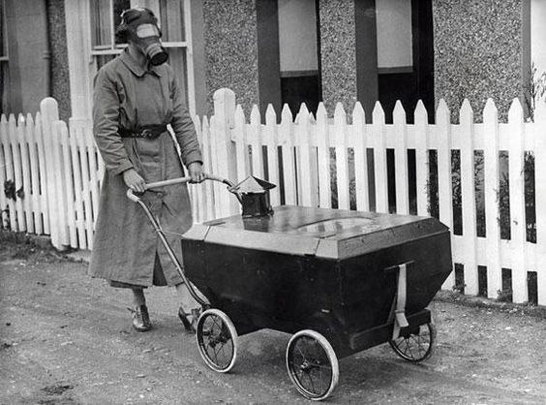

Posted By: Alex - Sun Mar 05, 2017 -
Comments (0)
Category: Inventions, 1930s
Indecent Fireworks
1936: Residents of Adelaide were scandalized by the sale of "indecent Chinese fireworks." They were "so disgusting that if it had appeared on a postcard and had been found in the possession of any Adelaide individual, there would have been a heavy penalty imposed in the Police Court."The offending fireworks are shown below.

Adelaide Truth - Nov 21, 1936

via National Archives of Australia
Posted By: Alex - Thu Mar 02, 2017 -
Comments (6)
Category: 1930s, Moral Panics and Public Hysteria

| Who We Are |
|---|
| Alex Boese Alex is the creator and curator of the Museum of Hoaxes. He's also the author of various weird, non-fiction, science-themed books such as Elephants on Acid and Psychedelic Apes. Paul Di Filippo Paul has been paid to put weird ideas into fictional form for over thirty years, in his career as a noted science fiction writer. He has recently begun blogging on many curious topics with three fellow writers at The Inferior 4+1. Contact Us |




